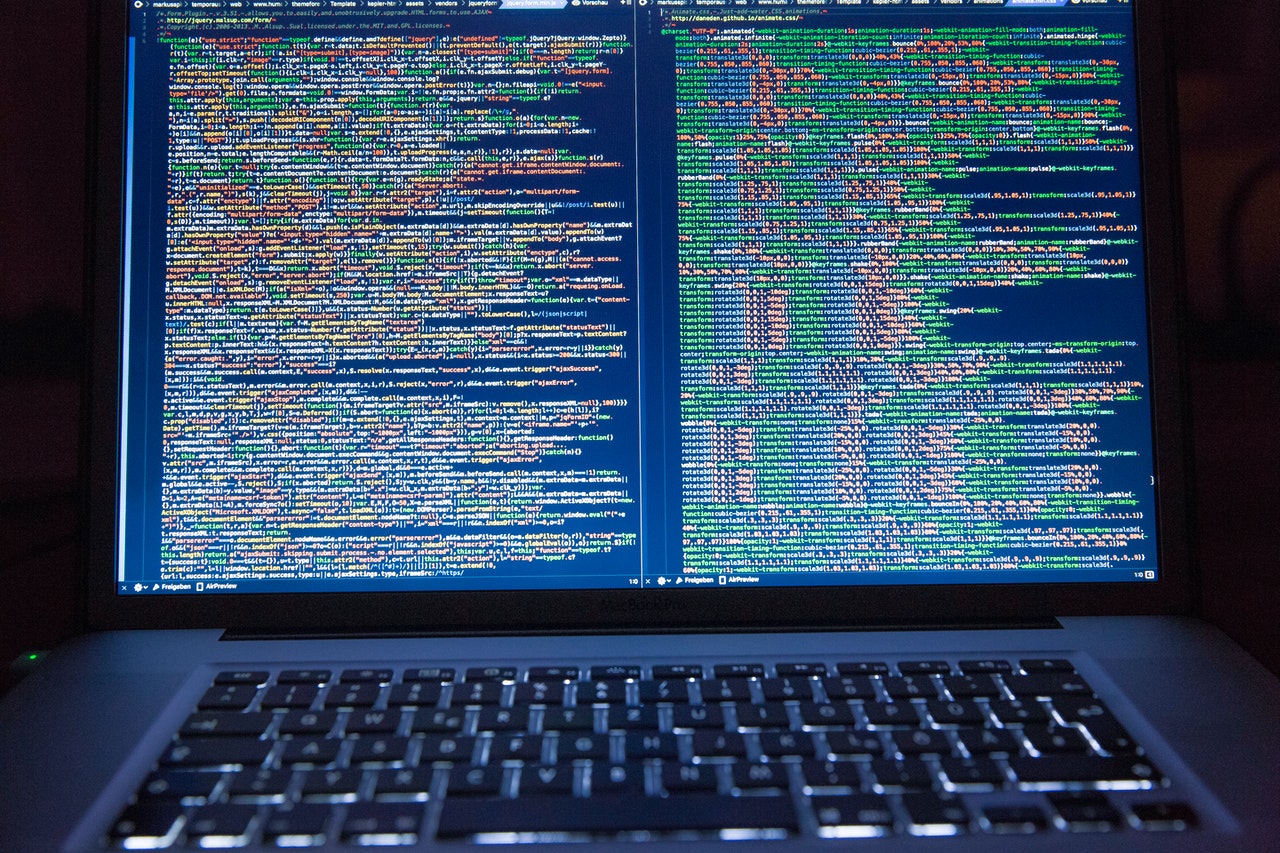
Facing the Dilemma between Python and Java
Python and Java are two general-purpose object-oriented languages that are both used for creating different Internet and mobile apps. Their frameworks, Django and Spring, are pretty powerful and they are used by millions of people worldwide. It is hard to say which one is better to use since they differ in many things: scalability, security, speed, machine code, and such. They also differ in the years they came into existence, Java being the older one and having emerged in the 1990s, and Python having been released around 2000. It is indisputable to put one in front of the other, yet here come the basic features and differences between these two languages in order for you to choose smartly.
Java

Java can be described as a statically typed and compiled programming language. When a language is statically typed, it means that it is necessary to define the data type of the variable once the initialization process has started. When you type into Java, the source file gets converted into the bytecode and Java Virtual Machine (known as JVM) uses it to give the output. Some may argue that Java is more difficult to handle since you have to manually execute the bytecode by the JVM. Nevertheless, Java appears to be faster to compile and run when it comes to written codes.
Python
Although Python is considered an interpreted language by many developers, it also runs a compilation process. Unlike Java, Python is a dynamically-typed language where you do not need to define the data type. All you need is to write the variable name and verify all the variables while type checking. When you write a code in Python, it generates the bytecode, the file gets the domain ‘.py’, and it gets stored in your directory. As opposed to Java, the compilation process in Python happens automatically.
Which one is easier?

When it comes to learning, Python seems to be easier than Java due to its syntax. In order to print a single statement, you will need 3-4 lines in Java and only 1 in Python. Therefore, when you code with Java, you are more prone to make an error while counting the lines. In Python, spaces make a huge difference and it is easier to observe and organize the codes in that way. This is the obvious circumstance of Java being the statically typed language, and Python being the dynamically-typed one.
On the other hand, these spaces can also represent a hardship in Python if you do not properly indent your program. Try to be as precise as possible when you put spaces between codes since formatting in Python requires more of your focus. These spaces are not crucial when you code in Java, and in that case, they are ignored by your computer.
What are their advantages?
The advantage both programming languages share is the strong online communities which are pretty helpful. The Internet abounds in resources, tutorials, and courses on both programming languages, so this argument should enhance your choice. The most popular platforms where you can search for help are Stackoverflow and GitHub.
If you are interested in game development…

It seems that Python has more frameworks in this domain than Java. Python scripting languages are used by the greatest number of game developers, and Python also provides high-end graphics, libraries, and powerful engines. Bear in mind that it is not possible to develop a game without a bit of knowledge of other languages, and game creation won’t happen overnight.
When compared to the English language, Python’s syntax shares more similarities with English syntax. The similarity with English can eliminate any confusion or frustration. When it comes to web development, you will definitely need the knowledge of both, since online issues predominantly need a holistic approach.


